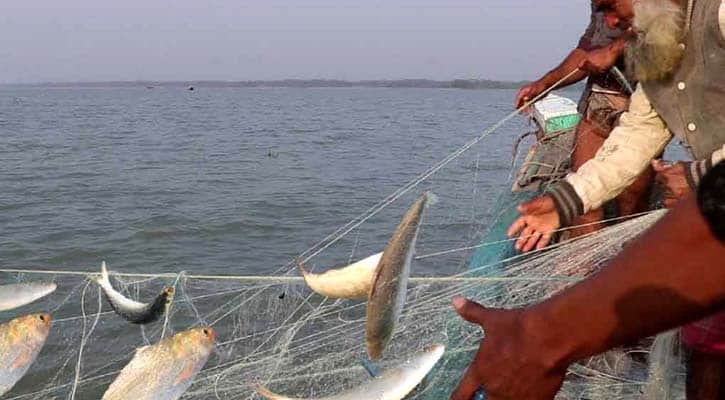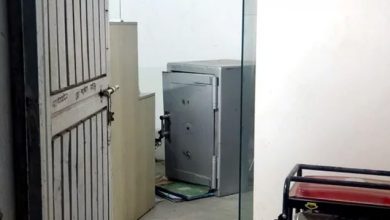Fishermen are ready to start Hilsa catching from midnight

The government’s 22-day ban on catching, selling, transportation and hoarding of hilsa fish in order to ensure its safe spawning during peak breeding period will end on Monday midnight. Fishermen in the country are getting ready to start catching hilsa in the rivers after 12:00 am.
According to sources, the government has decided to stop catching hilsa across the country for a total of 22 days from October 4 to October 25 to keep the breeding of mother hilsa safe during the main breeding season. The decision was taken at a meeting of the National Task Force Committee on Hilsha Resource Development.
According to the decision of the meeting, procurement, marketing, buying and selling, transportation, storage and exchange of hilsa was banned in these 22 days. In the case of breeding of hilsa, catching all kinds of fish was also prohibited at that time. In the interest of safe breeding of hilsa, mother hilsa conservation activities were implemented at this time.
Hilsa researchers say that hilsa basically lays eggs throughout the year. However, in September and October, the four new moons and full moons of these two months lay more eggs. In particular, October means Ashwin’s two new moons-full moons are banned for 22 days every year. The main purpose of refraining from catching hilsa at this time is to protect mother hilsa so that they can safely come to the river and lay eggs. If you can protect this egg, Jatkar will be born from it. If that jatka is protected, the production of large size hilsa will increase in the country. After the end of the 22-day ban, there will be a ban on catching jatka again. Due to this two-step ban, the production of hilsa has increased in the country and the weight and size of hilsa has also increased.
Hilsa has the highest contribution to the country’s fish production, the government says. It contributes to more than 12.09% of the country’s fish production. Bangladesh produces the highest number of hilsa in the world – more than 80%.
Hilsha production in Bangladesh has gone up by 159.76% in the last 15 years, thanks to the government’s efforts, including their ban on catching brood fish, and fries.
The government also imposes bans on catching hilsa during March-April to help the hilsa fry grow and return to the sea.
According to the Ministry of Fisheries and Livestock, hilsa production jumped from 300,000 tons in 2008-09 to 500,000 tons in 2017-18. In the last financial year, 550,000 tons of hilsa were caught in the country.
According to the World Fisheries Organization, 8 percent of the world’s hilsa is now being harvested in Bangladesh. India is the second largest producer of hilsa after Bangladesh. Five years ago, the country produced about 25 percent of the world’s hilsa.
The Fisheries and Livestock Minister said that the fisheries sector will not be allowed to be destroyed in any way. Protecting fisheries is meeting the demand for food, eliminating unemployment, creating entrepreneurs, reviving the rural economy and increasing the country’s export earnings.
He further said that the government is implementing various activities for the conservation of hilsa fish, increase in production, safe shelter and safe breeding. We are working in various ways including protection of mother hilsa, creation of hilsa sanctuary, hilsa research, jatka conservation. There is all sorts of interest from the state to increase the range of Hilsa, there are plans.





